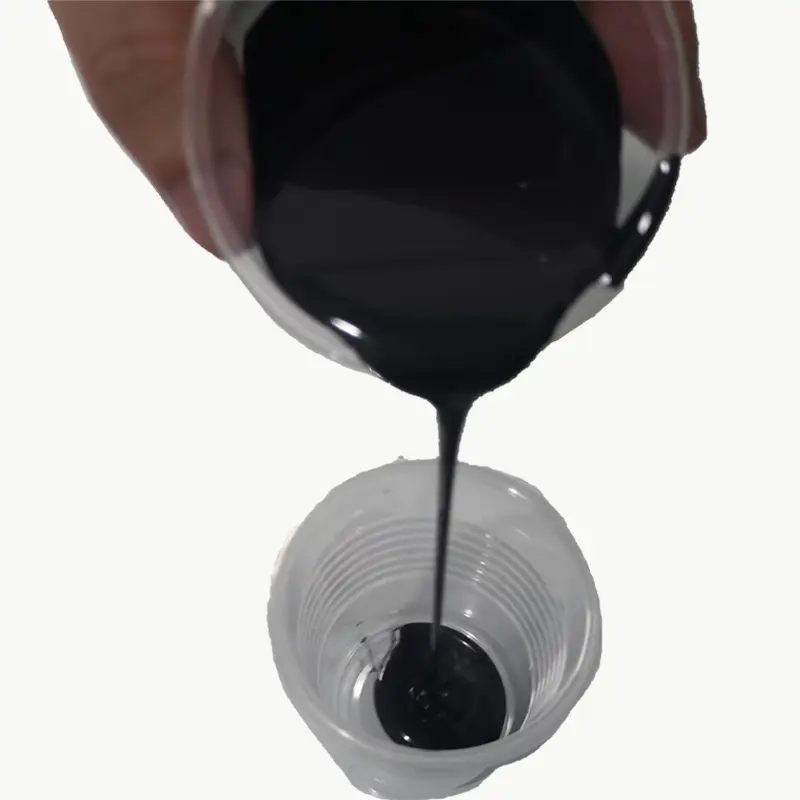Graphene-based anti-corrosive coatings have achieved a highly unified balance between long-term corrosion resistance and functionality, lightweight properties, and exceptional performance in harsh environments. These coatings demonstrate a 3 to 6 times improvement in corrosion resistance compared to traditional coatings, thus drawing significant attention within the coating industry in recent years.

Researchers endeavored to develop a novel coating by incorporating graphene into commonly used epoxy zinc-rich anti-corrosive coatings. Unlike epoxy zinc-rich coatings, this innovation lacks the cathodic protection effect and the shielding effect of glass flake coatings. However, it boasts superior toughness, strong adhesion, excellent water resistance, and high hardness. While ensuring corrosion protection, it substantially reduces zinc powder content, overcoming the sacrificial use of zinc powder in zinc-rich coatings. Additionally, it significantly diminishes the generation of zinc oxide fumes during welding, making it environmentally friendly.
The anti-corrosive performance of graphene epoxy zinc coatings surpasses existing epoxy zinc coatings. They possess superior abrasion resistance, corrosion resistance, impact resistance, and stability. These coatings exhibit strong adhesion, stability, effectively sealing off acid, alkali, salt, and seawater intrusion. They find wide applications in marine engineering, transportation, large industrial equipment, and municipal engineering facilities, providing protective coatings.
The dispersion characteristics of graphene in anti-corrosive coatings involve uniformly dispersing graphene, which lacks inherent hydrophobic properties and the sheet-like dense barrier properties. It effectively conceals micro-pore defects within resin materials and exhibits good charge transfer properties. This attribute makes it applicable as an antistatic coating in engineering practices for petrochemical tanks and pipelines.
Moreover, graphene composite coatings can form a self-lubricating continuous transfer film on the friction interface affected by erosion corrosion. This reduces friction coefficients and enhances the wear resistance of the base resin material. However, graphene's large specific surface area leads to particle aggregation, posing challenges during the drying process. Directly incorporating it into coating systems makes it difficult to disperse the agglomerated graphene via high-speed agitation or ultrasound methods. Consequently, ultrasound technology is sparingly used in coating preparation processes due to excessive bubble formation.
The challenges of graphene dispersion stem from the necessity to disperse it into single sheets or primary particle states. This requirement conflicts with graphene's tolerance or even resistance to chemical modification, which can interfere or to some extent disrupt the integrity of π-π conjugation, thereby diminishing or losing the intrinsic properties of pristine graphene.
Additionally, the inherent structure of graphene, neither hydrophilic nor hydrophobic, poses complications with conventional dispersants forming strong physical adsorption with graphene. Consequently, the use of surfactant-based methods for dispersing graphene is limited.
Furthermore, the π-π structure and strong van der Waals forces of graphene make it prone to aggregation, forming agglomerates that are challenging to separate.
Moreover, graphene's high aspect ratio and specific surface area exacerbate the dispersion challenge.
Practical operational issues also hinder graphene dispersion in production. For instance, a 4% concentration of water-based graphene slurry becomes pasty, lacking fluidity, presenting difficulties in material transfer, dispersion, and chemical reactions during the production process.

Submit your demand,
we will contact you ASAP.

Sanxin New Materials Co., Ltd. focus on producing and selling ceramic beads and parts such as grinding media, blasting beads, bearing ball, structure part, ceramic wear-resistant liners, Nanoparticles Nano Powder

